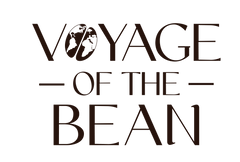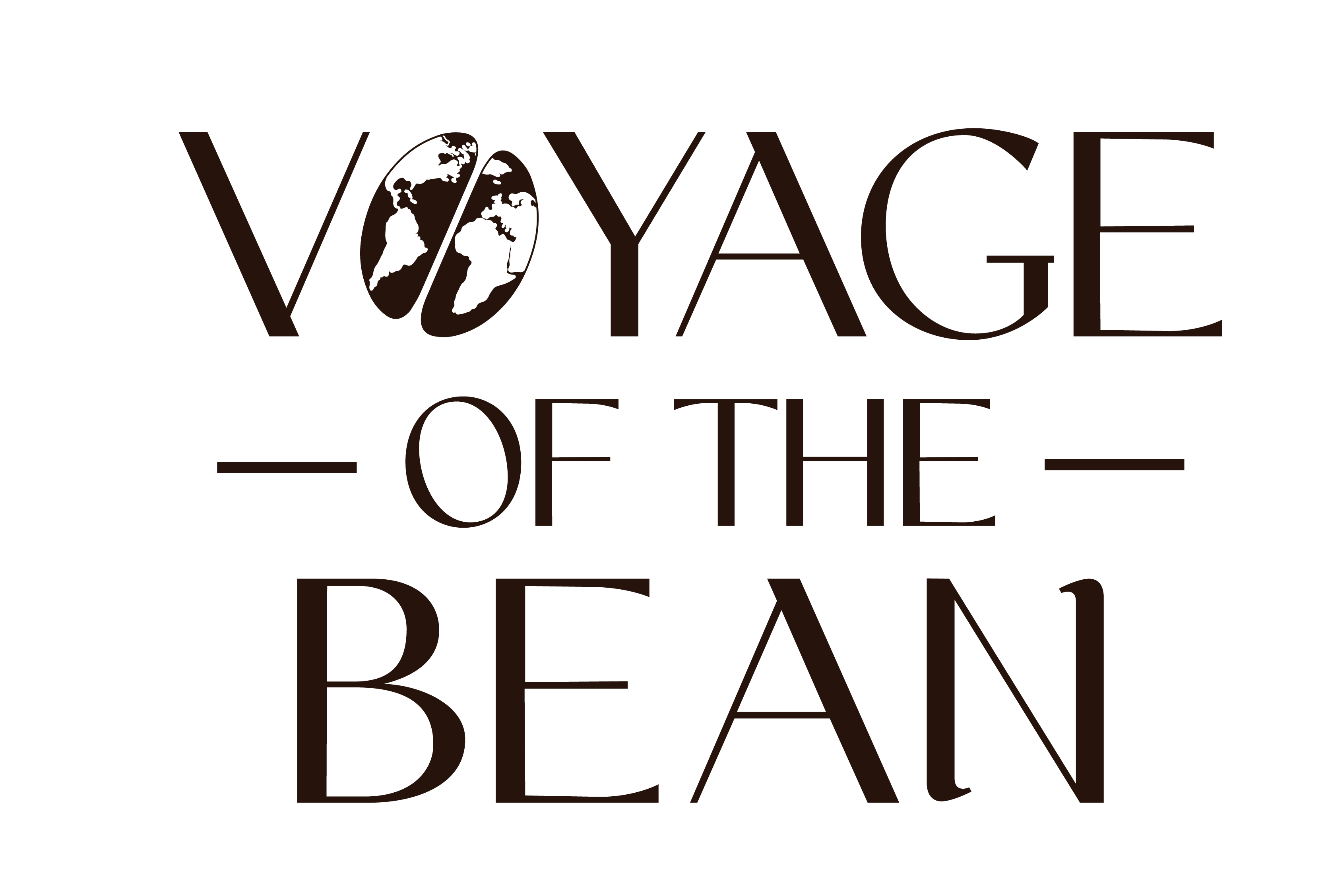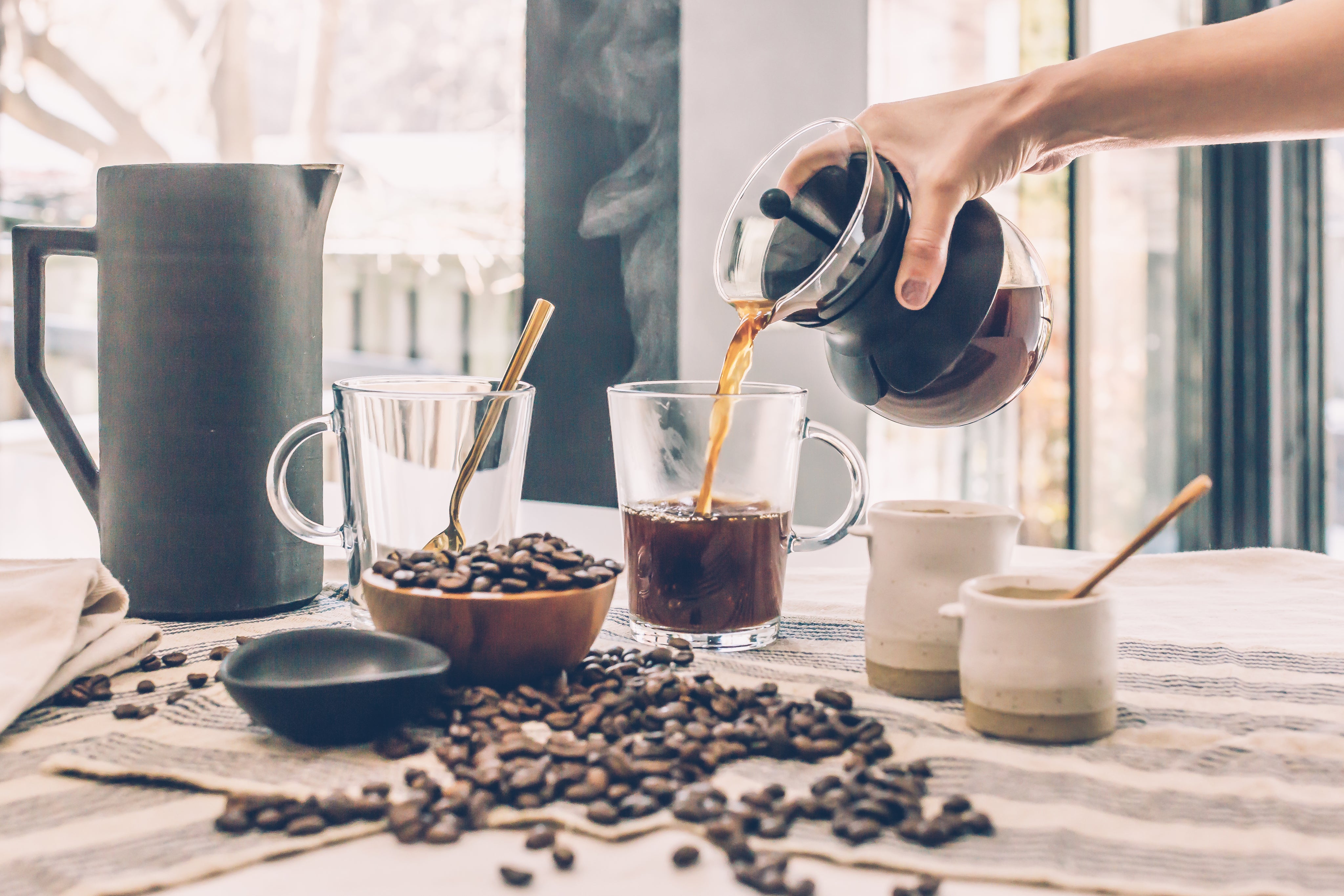Ever wonder what kind of bean is in your cup? See our below summary.
1. Arabica (Coffea arabica)
• Flavor Profile: Sweet, fruity, and complex, with a smooth body and bright acidity. Often has floral or nutty notes.
• Caffeine Content: Lower (~1.2%).
• Growing Conditions: High altitudes (600–2,200 meters) with cool temperatures and consistent rainfall.
• Market Use: Specialty coffee and high-quality blends.
2. Robusta (Coffea canephora)
• Flavor Profile: Strong, bitter, and earthy, with woody or nutty notes.
• Caffeine Content: Higher (~2.2%), making it naturally more resistant to pests.
• Growing Conditions: Low altitudes (sea level to 800 meters) in hot climates.
• Market Use: Instant coffee, espresso blends, and lower-grade coffee products.
3. Liberica (Coffea liberica)
• Flavor Profile: Bold, smoky, and fruity, with floral or woody undertones. The flavor is distinct and polarizing.
• Caffeine Content: Medium.
• Growing Conditions: Thrives in hot, humid climates and is more resistant to diseases.
• Market Use: Specialty markets, especially in the Philippines, where it is called “Barako coffee.”
4. Excelsa (Coffea excelsa)
• Flavor Profile: Tart, fruity, and complex, often with a lingering finish that adds depth to coffee blends.
• Caffeine Content: Medium.
• Growing Conditions: Medium altitudes in Southeast Asia.
• Market Use: Used to enhance flavor complexity in blends.
5. Stenophylla (Coffea stenophylla)
• Flavor Profile: Sweet, fruity, and tea-like, with a flavor profile closer to Arabica.
• Caffeine Content: Low.
• Growing Conditions: Thrives in warmer temperatures than Arabica, making it a potential climate-resilient coffee.
• Market Use: An emerging specialty coffee, rare but gaining attention.
6. Racemosa (Coffea racemosa)
• Flavor Profile: Mild, herbal, and floral, with very low caffeine content.
• Caffeine Content: Extremely low.
• Growing Conditions: Native to arid regions, it thrives in drought-prone climates.
• Market Use: Niche specialty markets, valued for its unique low-caffeine profile.
Summary of Commonality
1. Arabica and Robusta dominate the global coffee market, accounting for over 95% of coffee production.
2. Liberica and Excelsa are regionally significant, especially in Southeast Asia.
3. Stenophylla and Racemosa are rare but represent emerging interest for their unique qualities and resilience in the face of climate change.
At Voyage of the Bean, we specialize in Arabica beans for their superior flavor and quality, but we appreciate the diversity that these lesser-known species bring to the world of coffee.



